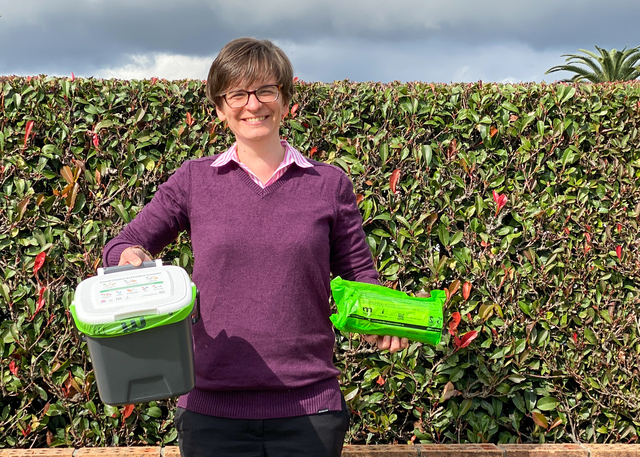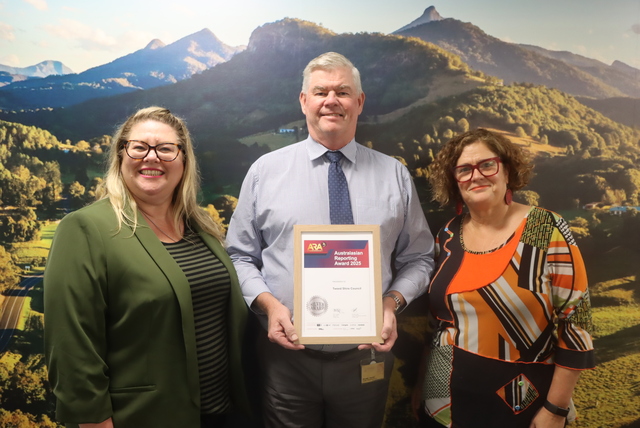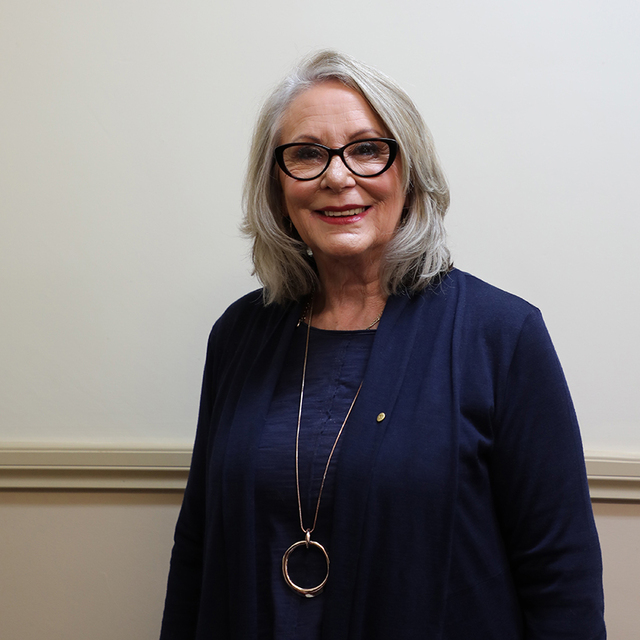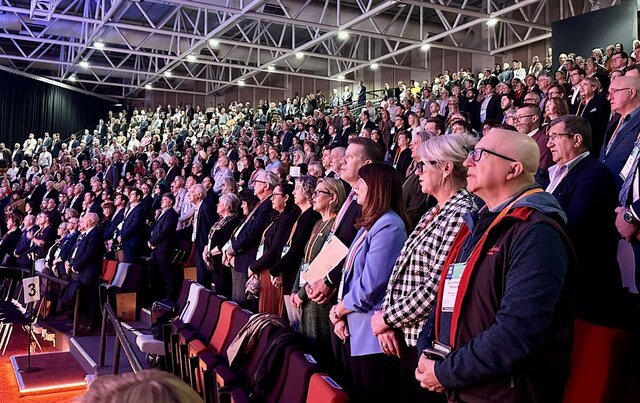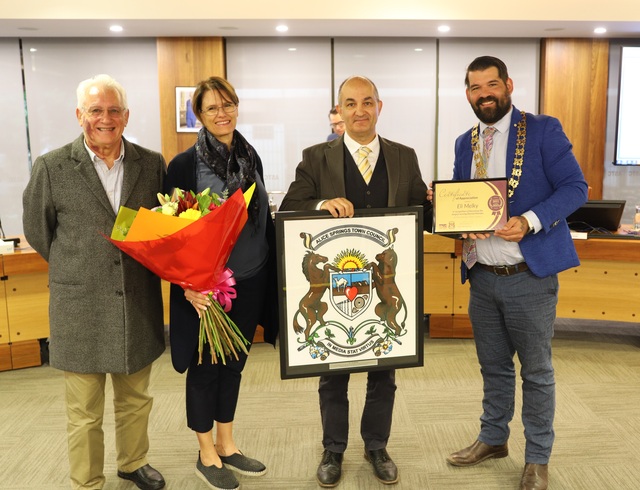Success from adversity
With regional and rural areas undergoing great change, some are coping with it the best way they can, while others are languishing in a mire of appreciation of the halcyon days of the past. One Local Government area in Tasmania has decided to get out of the grandstand and onto the playing field!
The township of New Norfolk, that predates historic Port Arthur and one of Australia’s earliest settlements, nestles in a valley on both sides of the Derwent River only 30 kilometres from Hobart. Belying its picture postcard setting, the Derwent Valley was wedged in an economic vacuum. For years the area relied heavily on dependent industries such as hops, paper mills, hydro power and mental health care.
Massive change was needed as the Derwent Valley Council with its 9,000 residents quickly realised that the decline of these businesses would have a catastrophic impact on their community, in particular the decision to close down the State’s only mental institution, the Royal Derwent Hospital and the Willow Court complex at New Norfolk. The closure of the hospital site would not only see the end to over 1,000 jobs, but also create a major derelict area on the edge of the township. This was highlighted by the 1996 Wamsley Report on social wellbeing, which labelled the area at the lower end of 176 regions within Australia. The disposal of the sites would involve 780 acres of land and 100 buildings, and drive a further nail into the coffin of the local economy.
Facing an uncertain future similar to many other rural and regional centres, the Derwent Valley Council was offered a solution that involved a bold plan for not just survival, but to consolidate its future. Local entrepreneur and Managing Director of Isle Property Group Pty Ltd, Gordon Fyfe approached the then Mayor of Derwent Valley, Tim Morris, with a vision to improve the Valley’s social and economic worth. This vision required the Council to take a risk and put the community first to form a major community based commercial partnership.
The formation of a joint venture company involving the Derwent Valley Council’s investment company, Derwent Valley Investments Pty Ltd and Isle Property Group has had a profound impact on the local economy. Known as Lachlan River Community Holdings Pty Ltd, it has provided an enormous boost to New Norfolk and the Valley by creating a sustainable complex community on the site of the former hospital. Key components involved the Clustering of Industry and community activities using the EARTH strategy (Education, Aged Care, Rural Projects, Technology and Heritage) to allow for more lateral thinking about opportunities available within sectors on site.
Mayor Nick Cracknell said that this business partnership has delivered on the following strategic objectives.
- New jobs
- Creating greater economic and social value for the area
- Integrating the Royal Derwent Hospital and Willow Court site into the town
- Returning seed funding
- Maintaining Royal Derwent and Willow Court as an integrated campus site rather than just breaking them up into lots.
“Our record of achievement with Lachlan River Community is impressive, and we are continuing to bring people back to our town and region,” he said. “This success has come in less than 12 months through careful planning and management, and the tangible benefits are being realised in many ways through greater business opportunities and real estate activity in the Valley.”
Since 20 July 2001 Mayor Cracknell can point to the following scorecard highlighting a net migration back into both the township and the Valley under the Find Your Place Program.
- Lachlan River Community with 140 residents
- 30 employees
- Four new businesses
- 52 titles sold
“This Council has come a long way since the Tasmanian Government decided to close Royal Derwent and the Willow Court complex,” he said. “The establishment of the major community commercial partnership has forged greater understanding of a sense of community, renewed focus on opportunities, while giving the people of our region a greater sense of identity and pride in achieving through the Fresh Start campaign.
“The economic climb back has been substantial with the most positive indicators being the record level of development applications and residential sales. This has given a greatly needed boost in confidence for our municipality, and these continue strongly as we move on to the next exciting stages of the redevelopment.
“Further proof our success has come with the announcement last month by the Governor of Tasmania at the Local Government Association of Tasmania annual conference that Lachlan River Community had won the special Achievement Award. Council achieved all its goals in the first phase, now we’re moving on to tap into a wealth of opportunities to carry our community forward.”
Gordon Fyfe, Managing Director of Isle Property Group Pty Ltd, said that this unique partnership with the Derwent Valley Council has worked exceptionally well.
“In fact, the Find Your Place program could very well become a model for other communities,” he said. “Together with Derwent Valley Investments we have sold 45 houses, six blocks of flats and six lots of land, created new business opportunities, new jobs, attracting people from all over Tasmania, Queensland, Victoria and New South Wales. But this is only the beginning. We have a fully researched strategy and business plan for a residential vineyard, international campus for students, and a third age integrated community and enterprise park. Within the next two to three years we will be looking at 400 residents, over 50 students living in the community, 400 workers on site and more than 100 students attending day courses.
“We are proud of our achievements to date, and congratulate the Derwent Valley Council on its willingness to make such a significant contribution to the future of the local community by using Lachlan River Community as the economic driver for our town and Valley. Their willingness to be a risk taker has provided a template for Local Government throughout Australia.”


